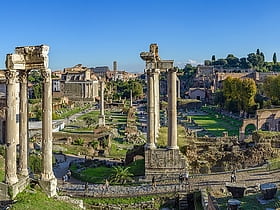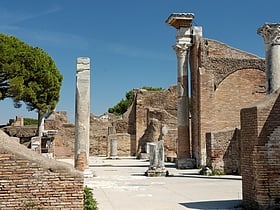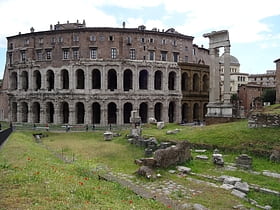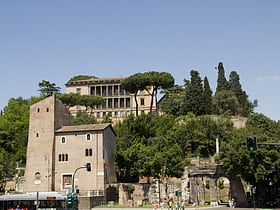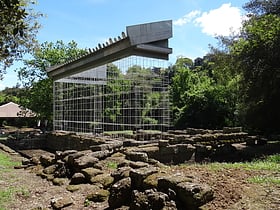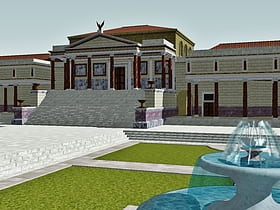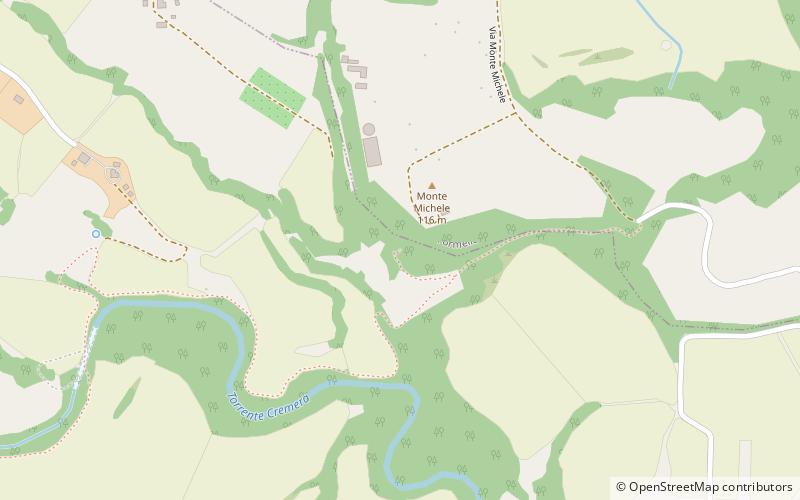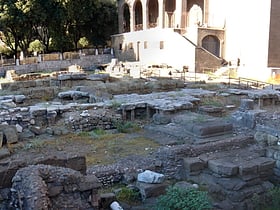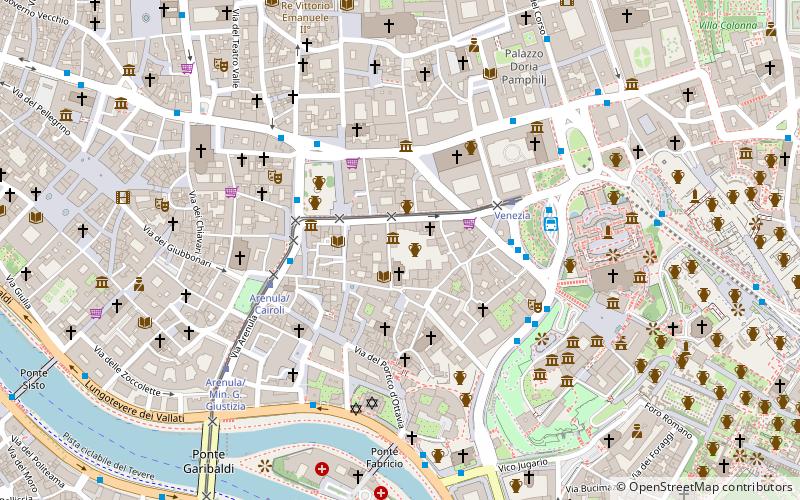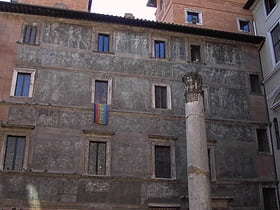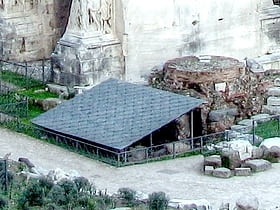Rome: Archaeological Site
Places and attractions in the Archaeological site category
Categories
- Church
- Baroque architecture
- Historical place
- Museum
- Palace
- Sacred and religious sites
- Vernacular architecture
- Architecture
- Street
- Art museum
- Ancient Roman architecture
- Ruins
- Fountain
- Park
- Monuments and statues
- History museum
- Square
- Bridge
- Temple
- Renaissance architecture
- Neighbourhood
- City gate
- Romanesque architecture
- Specialty museum
- Arch
- Theater
- Cemetery
- Catacombs
- Archaeological site
- Historic walking areas
- Concerts and shows
- Sport
- Sport venue
- Giacomo della Porta
- Hill
- Gianlorenzo Bernini
- Art gallery
- Tomb
- Francesco Borromini
- Shopping
- Natural attraction
- Archaeological museum
- Martino Longhi il Vecchio
- Unesco
- Carlo Maderno
- Library
- Carlo Rainaldi
- Spiritual
- Opera
- Arenas and stadiums
- Aqueduct
- Nature
- Modern art museum
- Mausoleum
- Obelisk
- Giovanni Battista Soria
- Giovanni Antonio De Rossi
- Tower
- Forts and castles
- Music venue
- Garden
- Golf
- Hotel
- Gothic Revival architecture
- Nightlife
- Baths
- Amusement park
- Memorial
- Shopping centre
Roman Forum
Excavated heart of the Roman Empire Nestled in the heart of Rome, the Roman Forum stands as an enduring testament to the grandeur of the Roman Empire. Once the epicenter of public life, this sprawling archaeological site was the bustling nucleus of ancient Rome, hosting triumphal processions, public...
Ostia Antica
Remains of an ancient Roman city Ostia Antica is an evocative archaeological site located near the city of Rome, Italy. Once a bustling commercial port, it served as the gateway to the ancient Roman Empire, connecting trade routes across the Mediterranean.
Theatre of Marcellus
Roman theater with summer festival The Theatre of Marcellus is a testament to the grandeur of ancient Rome and remains a significant archaeological site in the heart of the city. This ancient structure, which originally could house up to 20,000 spectators, stands as a remarkable example of early Roman...
Forum Holitorium
The Forum Holitorium, nestled within the bustling heart of Rome, Italy, stands as a testament to the city's ancient commercial and religious activities. This archaeological site, characterized by its historical significance, was once a bustling marketplace dedicated...
Veio
The sanctuary of Minerva at Portonaccio is an archaeological site on the western side of the plateau on which the ancient Etruscan city of Veii, north of Rome, Italy, was located.
Curia of Pompey
The Curia of Pompey, sometimes referred to as the Curia Pompeia, was one of several named meeting halls from Republican Rome of historic significance. A curia was a designated structure for meetings of the senate. The Curia of Pompey was located at the entrance to the Theater of Pompey.
Grotta Campana
The Grotta Campana or Tomba Campana is an Etruscan tomb in Veii, which was rediscovered in 1843 by Giampietro Campana. For a while it was considered to contain the oldest known Etruscan frescoes. It is named after the owner of the land where and when the tomb was discovered.
Sant'Omobono Area
The Sant'Omobono Area is an archaeological site in Rome next to the church of Sant'Omobono, at the junction of via L. Petroselli and il Vico Jugario at the foot of the Campidoglio.
Theatre of Balbus
Theatre of Balbus was an ancient Roman structure in the Campus Martius of Rome. It was built in 13 BC by proconsul Lucius Cornelius Balbus, likely from the spoils of a military campaign by order of Augustus.
Domiziano
The Odeon of Domitian was an ancient Roman building on the Campus Martius in Rome, used for plays and musical competitions and with room for an audience of 11,000.
Altar of Saturn
The altar of Saturn is an archaic altar dedicated to the god Saturn. Constructed in the sixth century BCE, it continued to be used until the Roman Empire collapsed.
Map

